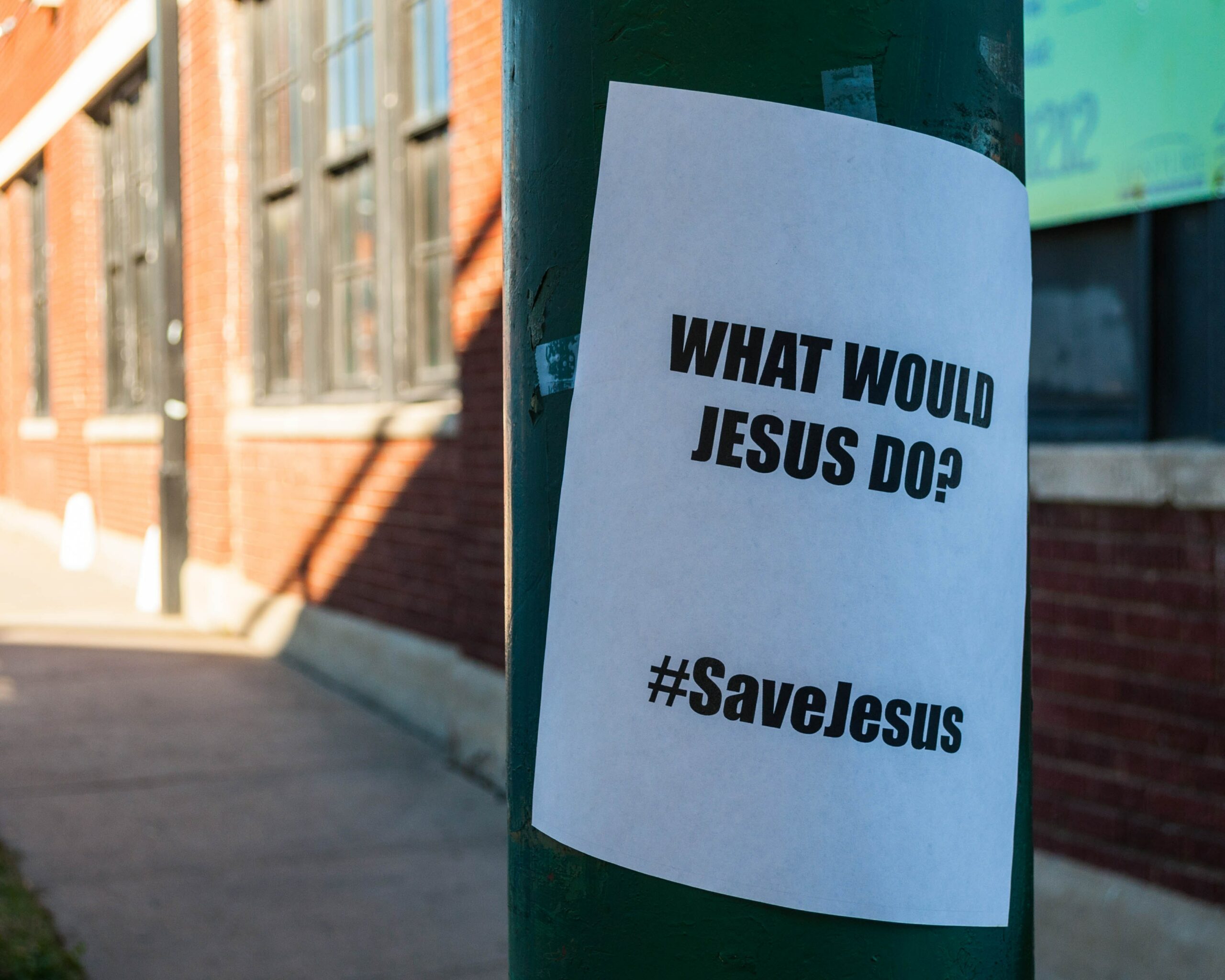From bracelets to t-shirts, the abbreviation “WWJD” has been a global phenomenon for decades. But where did it originate, and how did it become so popular? This story is woven with passion, irony, and a quest to spread a message far and wide.
The Genesis
“WWJD”, which stands for “What Would Jesus Do?”, finds its earliest recorded mention in 1886. It was birthed in the vibrant sermons of Charles Sheldon, an American minister from Topeka, Kansas. Each week, Sheldon narrated tales where characters grappled with moral dilemmas, prompting the question: “What would Jesus do?”
Sheldon’s innovative approach included leaving each story with a cliffhanger, ensuring his congregants returned eagerly the following Sunday. The sermons grew so popular that they soon graced the pages of the Congregationalist Magazine and later morphed into the book, In His Steps: What Would Jesus Do?
Beyond the Pulpit: Charles Sheldon
Diving deeper into Sheldon’s life, we discover a man deeply rooted in Christian socialism. He was a fierce critic of capitalism—a sentiment soaked in irony given the commercial success of his works. Beyond this, he championed racial and gender equality and advocated for the rights of animals, even adopting a vegetarian lifestyle. In a time when such stances were considered radical, Sheldon wasn’t just a preacher but a beacon of progress.
In a twist of fate, his book fell into the public domain shortly after its release. While it skyrocketed to become one of history’s bestsellers, Sheldon didn’t earn much from it. Yet, for him, the spread of the message overshadowed personal gain. He did, however, receive modest stipends from some publishers—a gesture acknowledging his immense contribution.
Sheldon’s Moment in the Limelight
Sheldon’s fame peaked further when in 1900, he was handed the reins of The Topeka Daily Capital for a week. Under his guidance, the paper’s subscriptions surged from 15,000 to over 350,000. His radical changes included banning ads for tobacco and alcohol and promoting inclusivity by acknowledging every staff member as an editor.
From Sermons to Bracelets: The Modern Revival
Fast forward to 1989, and Janie Tinklenberg enters the scene. Inspired by Sheldon’s book, she wanted her youth group in Holland, Michigan, to constantly ponder, “What would Jesus do?”. To ensure they remembered, Janie decided on wristbands. Given space constraints, “What Would Jesus Do?” was abbreviated to “WWJD”. This not only saved space but sparked conversations, spreading the message further.
However, this spiritual intent soon clashed with commercial interests. The overwhelming demand for these wristbands caught the eye of businesses, leading to a massive production surge. Janie’s attempt to trademark “WWJD” was declined due to its widespread usage, echoing Sheldon’s earlier copyright dilemma.
Reflections on WWJD’s Commercialization
While Janie was initially pleased with the global embrace of WWJD, she became disheartened upon witnessing its overt commercialization. Commenting on the phenomenon, Mike Yaconelli from Youth Specialties remarked, “She got totally screwed if you want to know the truth. Even if it’s legally right, it’s morally wrong.”
Garrett Sheldon, Charles Sheldon’s great-grandson, aptly summarized the situation: “It’s ironic to see that either they (the companies) aren’t asking the question ‘What would Jesus do?’ or they’ve asked the question and decided that Jesus wouldn’t pay and so they don’t need to either.”
The journey of “WWJD” is a testament to the potency of a simple message. It reminds us that while messages can resonate far and wide, their origins and true intentions should never be overshadowed by commercial interests.
For a deeper dive and further engagement, please visit: Africa Nova.




